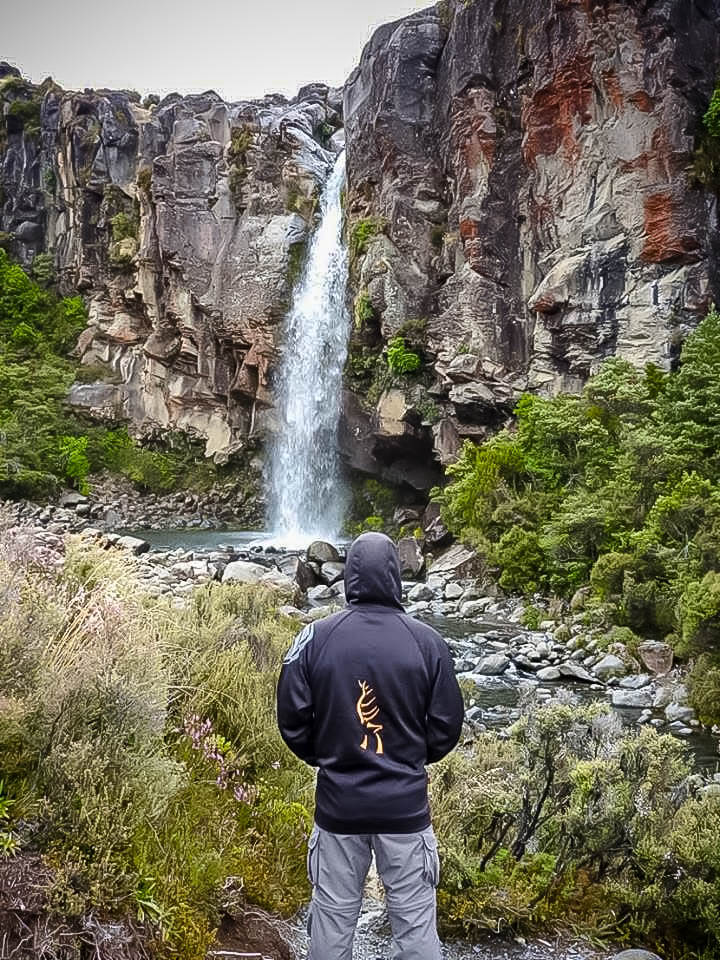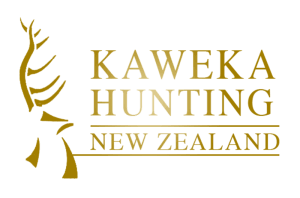
Most of our non hunting guests find it enjoyable to indulge in photography of both wildlife and stunning scenery whilst in New Zealand. At Kaweka Hunting we’re more than happy to give you the opportunity to take your own photos. During the hunting season, our guides can even escort you into our hunting area and place you in a bow blind to capture deer feeding or possibly even rubbing antler on trees.
Wildlife photography in New Zealand gives you the opportunity to capture what travelers come to our wonderful country to experience. For those who want to venture ‘out and about, our local region is certainly an impressive and stunning, picturesque landscape. From the stunning green mountain ranges to the blue Pacific ocean with vineyards, rivers and art-deco architecture in between, you certainly don’t want to miss this.
Guests can participate in a local photo safari with a guide and go hunting for wildlife photos for their album. Pricing tailored according to requirements.
Please enquire directly.

- Be patient! The most interesting wildlife images on our photo safaris are captured when animals exhibit some kind of behavior other than sleeping or walking. These are certainly moments you don’t want to miss!
2. Be prepared and ready at all times with your camera! Animals can appear quickly and only give you a quick glimpse, so, act quickly!
3. As a general setting, F8 servo mode with aperture priority is recommended for the sharpest photos.
4. If stationary, use a tripod for better pictures! If you’re moving around in one of our 4wd rangers use a small beanbag for shaper pics.
5. When the subject is in motion, use a shutter speed of at least 1/125 for sharper images, except if you are using a panning method. A great starting point for wildlife photography is a lens with a 300mm in focal length
6. Do not centre all your photos, leave room around your subject for the animal to move and to prevent lifeless composition- an intimate portrayal of your subject is the objective!
7.Photographs taken at the animal’s eye level will appear more sensational. When taking close-up pics with a tele-photo lens set the aperture at f8 and focus on the animals’ eyes. In other words, you want to be eye-to-eye with nature!
8. Use the available light to your best advantage! Early morning and late evening are perfect times to shoot film. Midday is problematic because of the harsh direct light and silhouetted bodies against light backgrounds makes for difficult exposure of your animal pictures
9. Get the focus right! Be careful your camera (if automatic) isn’t focusing on the wrong object – for example a branch of a tree or clump of grass in front of your subject
10. Think carefully about the aperture you use for the best pics. By using a large aperture you can throw the background out of focus to isolate the subject on your image.
Take Photos of the Amazing Scenery!
our photography safaris are breathtaking!
